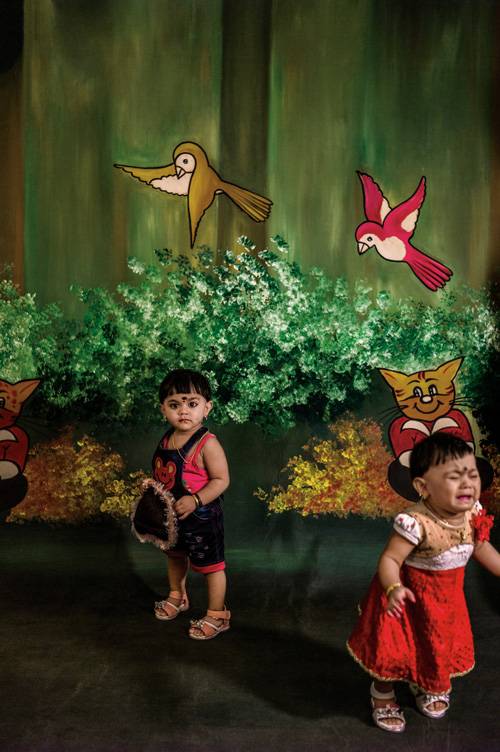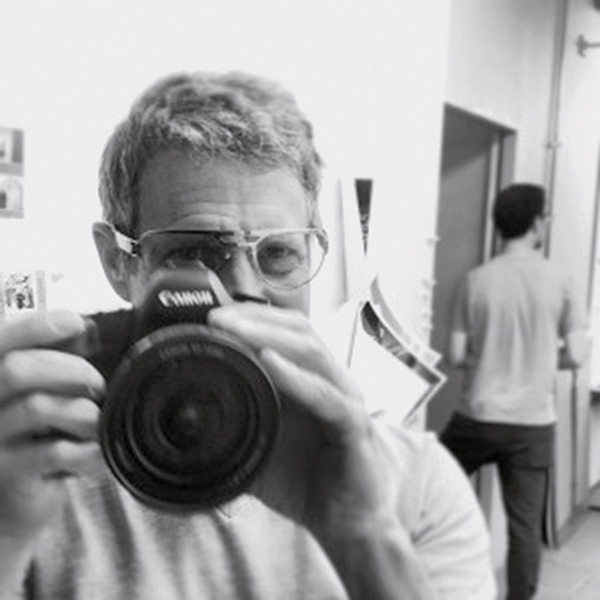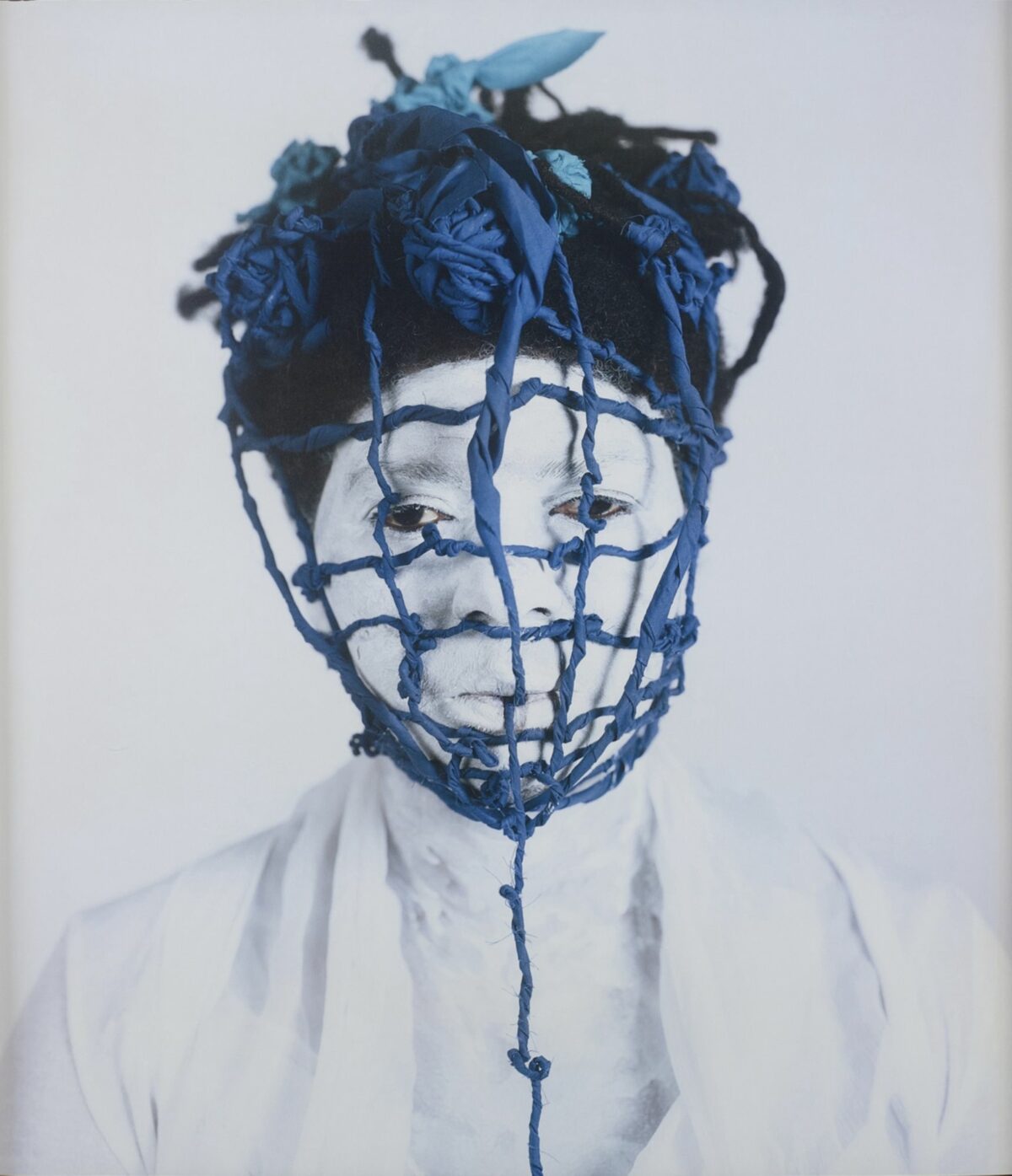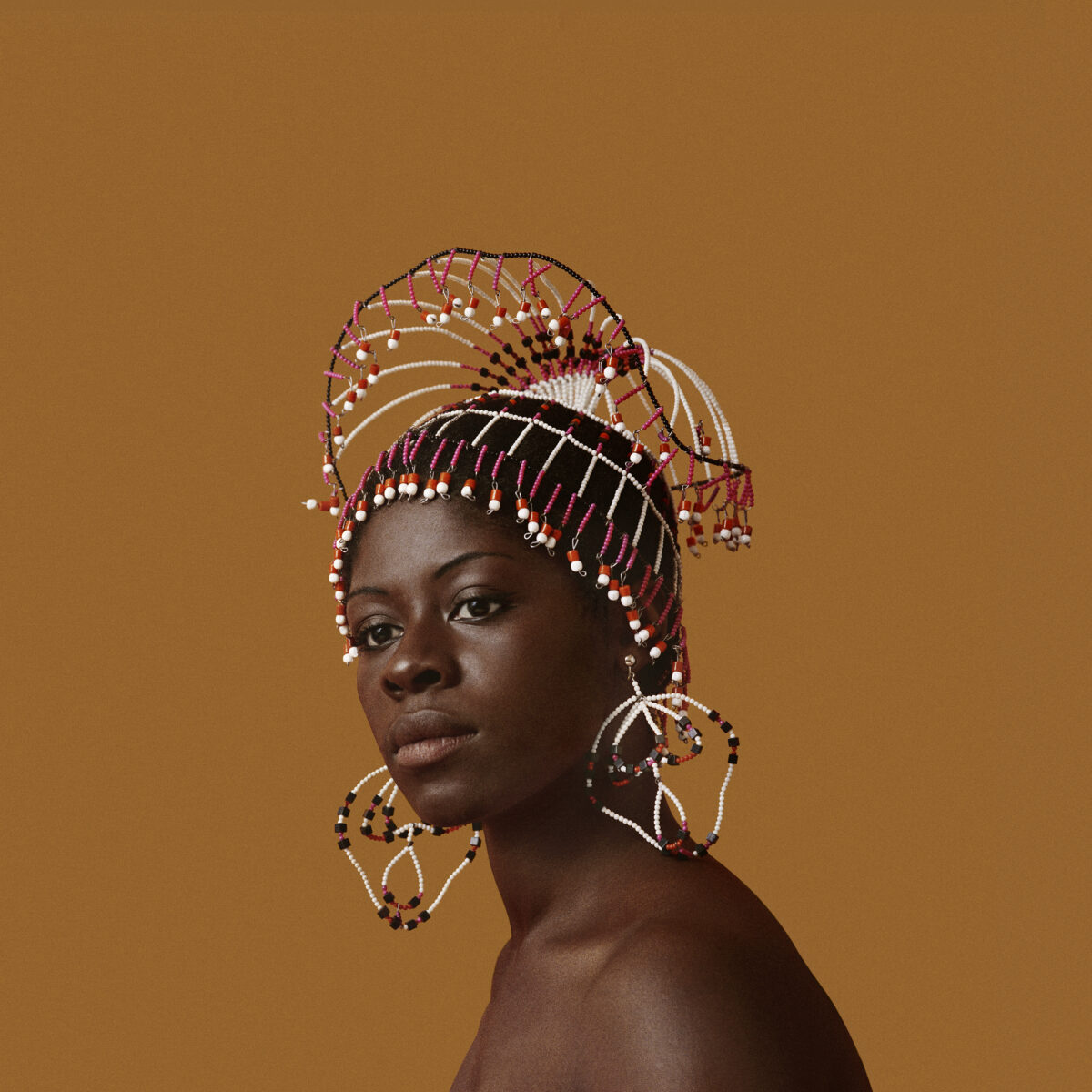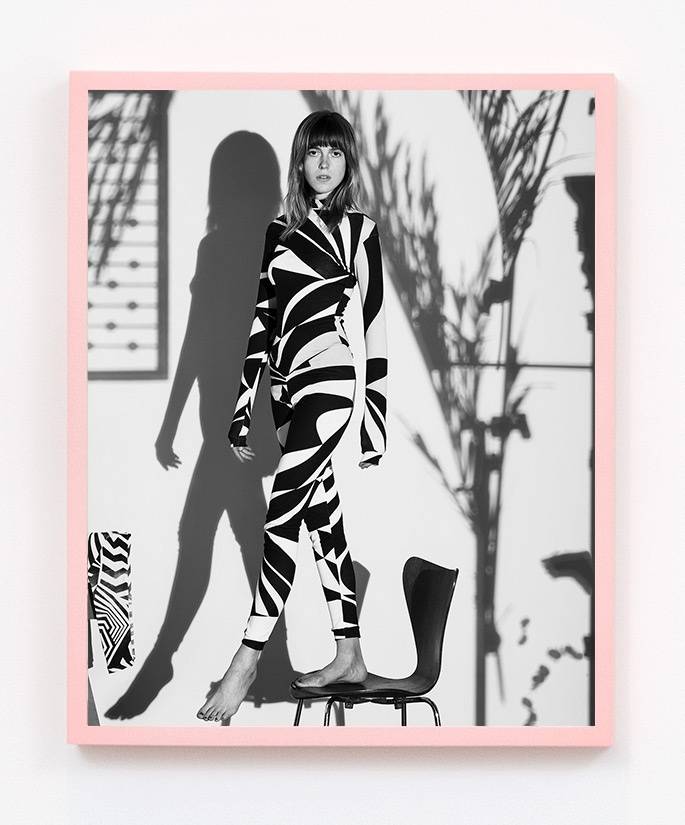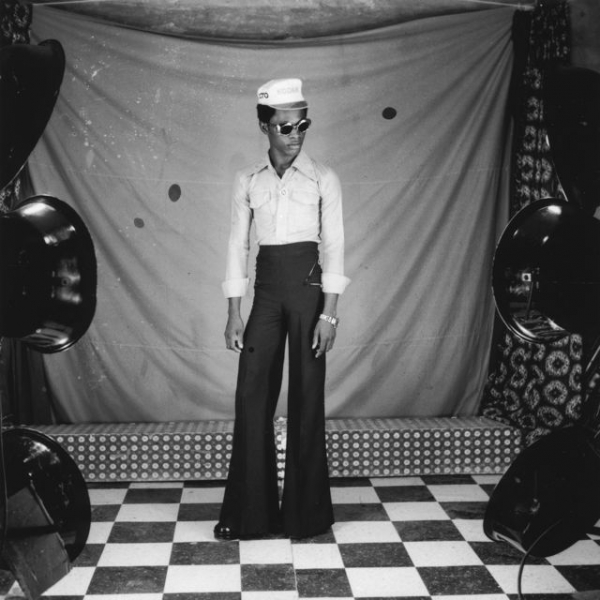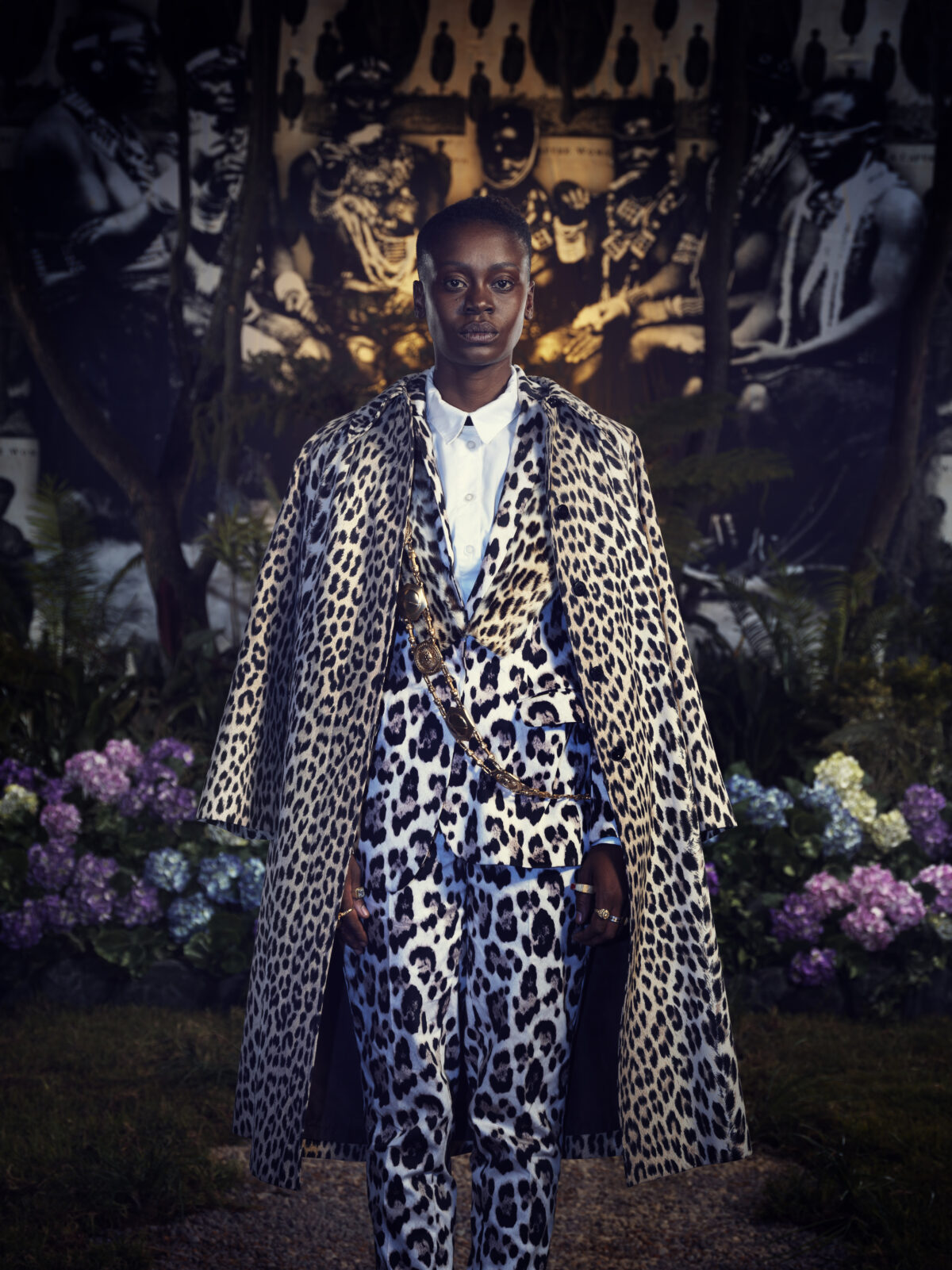

Stanford Bunny (x2), 2013
Matthew Gamber’s unique brand of image-making was introduced to me several years ago through a mutual friend. Gamber lives in Boston and teaches at the College of the Holy Cross in Worcester, Massachusetts. His work is grounded in the way the sciences have adapted photography as an illustrative tool. His recent publication Matter, a collaborative project with Bill Sullivan and Mary Voorhees Meehan, takes its thematic cues from a popular science book of the same name published in 1963. Gamber’s monochromatic series Any Color You Like utilizes the language of scientific photo-illustration to create images that are at once profound and witty.
The photographs that comprise this series are black-and-white gelatin-silver prints, although the subjects are carefully chosen to evoke bright colors as seen in his photos of plastic game pieces, fresh herbs, and television test patterns. A personal favorite is Ishihara Test in Lite-Brite, an early 20th-century Japanese color-blindness test usually presented in the green and yellow hues of pieces from the children’s game Lite-Brite, but here photographed in silky greys.
His new series, Basic Ingredients of a Complex World, was shown recently in Boston’s Gallery Kayafas, cleverly paired with the work of Harold Edgerton – famed progenitor of high-speed flash photography. Edgerton was a professor at MIT and is associated with his groundbreaking early work in “stroboscopic” image capture – producing iconic images of exploding apples or liquid in motion. His images are less art than they are exceptional documents of unseen forces, prime examples, in fact, of why photography has been a favorite medium of the sciences.
Gamber’s pieces riffed on this fact, seeming to question the objectivity of the scientific photograph. In Stanford Bunny (x2), for example, a pair of computer-generated rabbits, set against a field of baby blue, are offset from one another to suggest duplication. These specific rabbits are, in fact, a sort of industrial “test pattern” for 3D printers – a three-dimensional computer model used to test the capabilities of rapid-prototyping machines – and the joke here is that they are presented to the viewer in two dimensions. The rococo glory of the chandelier in Gamber’s Dead Bulb (Chandelier) is diluted by virtue of its eponymous malfunction. To boot, the fixture in this photo is a cheap copy of a Baroque “Dresden style” chandelier, an allusion, perhaps, to how the reproducibility of the photograph can result in the loss of information about the subject matter it is meant to represent.
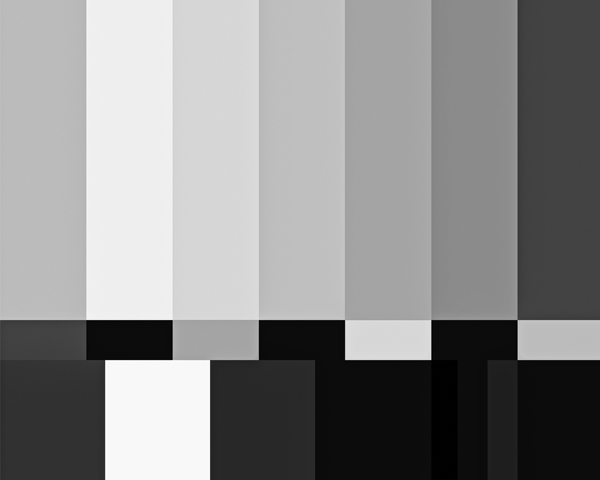

NTSC Color Bars, 2010


World Globe, 2012

